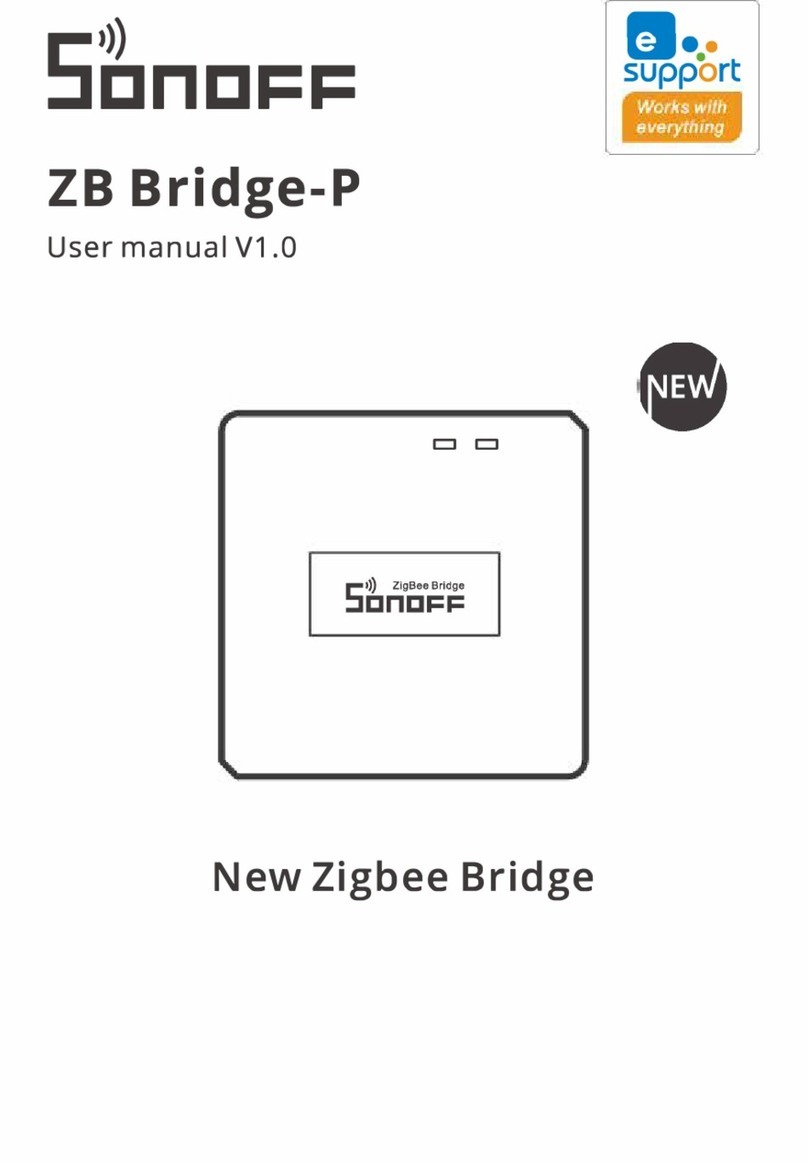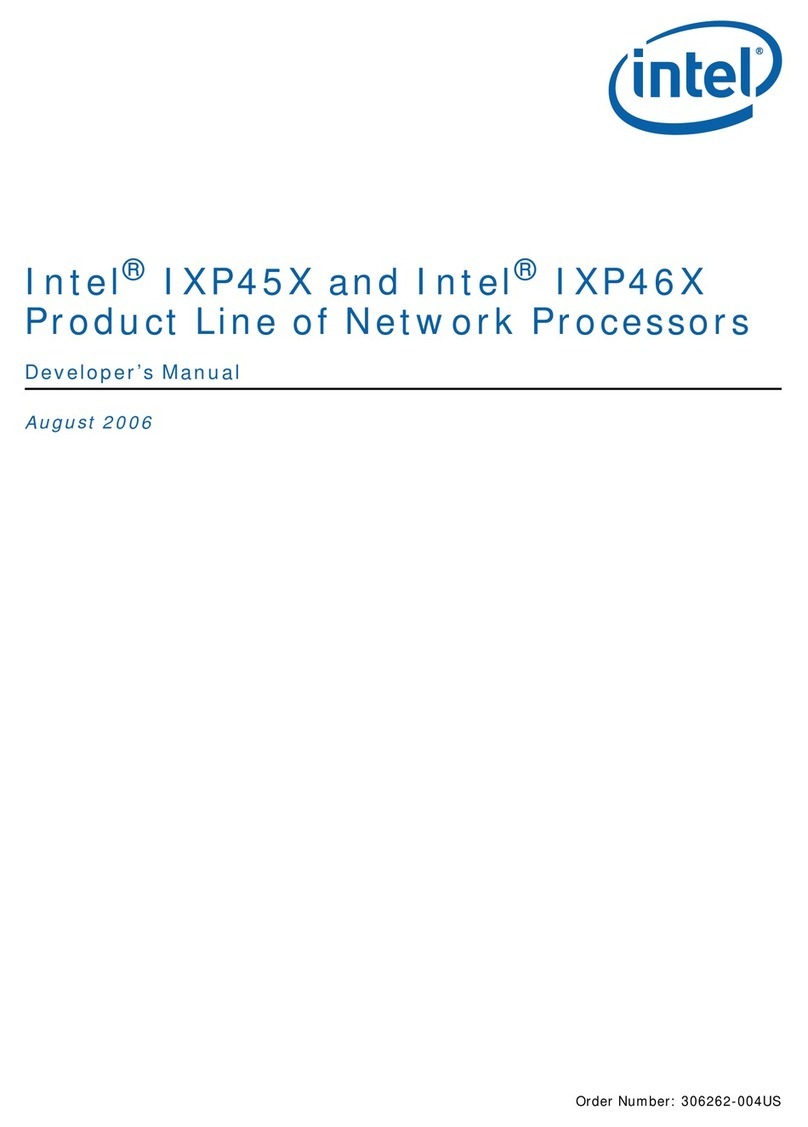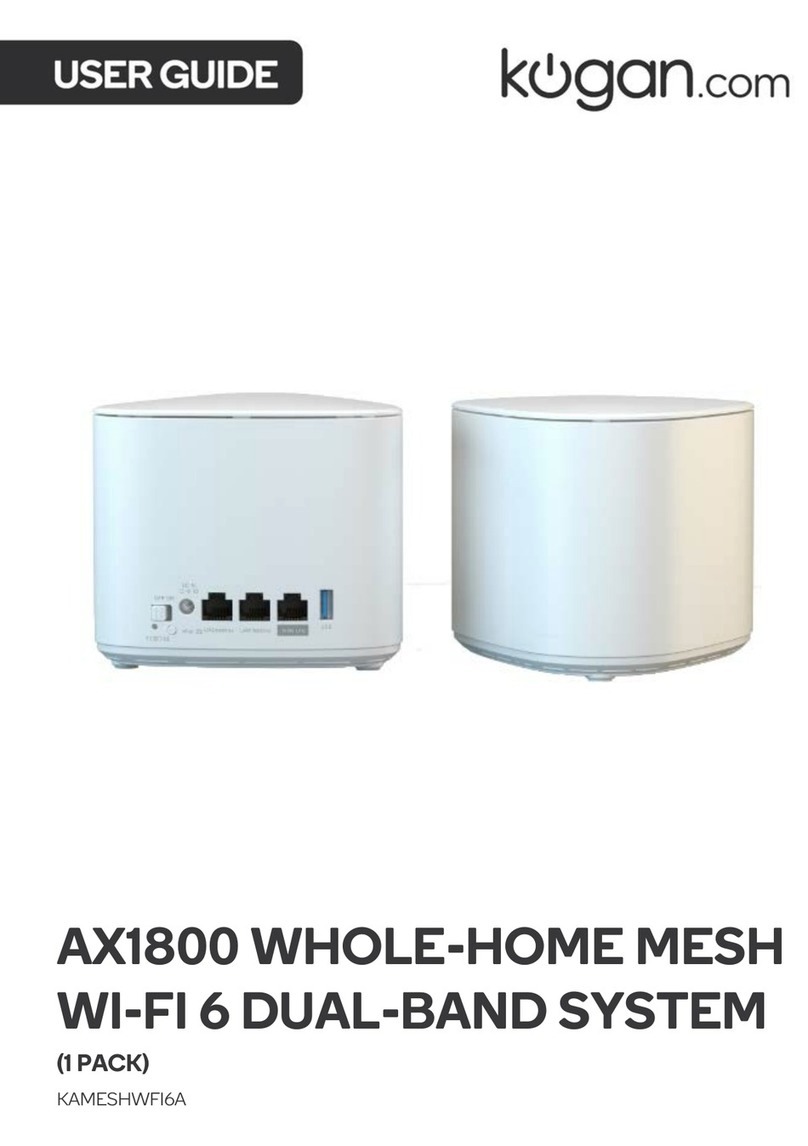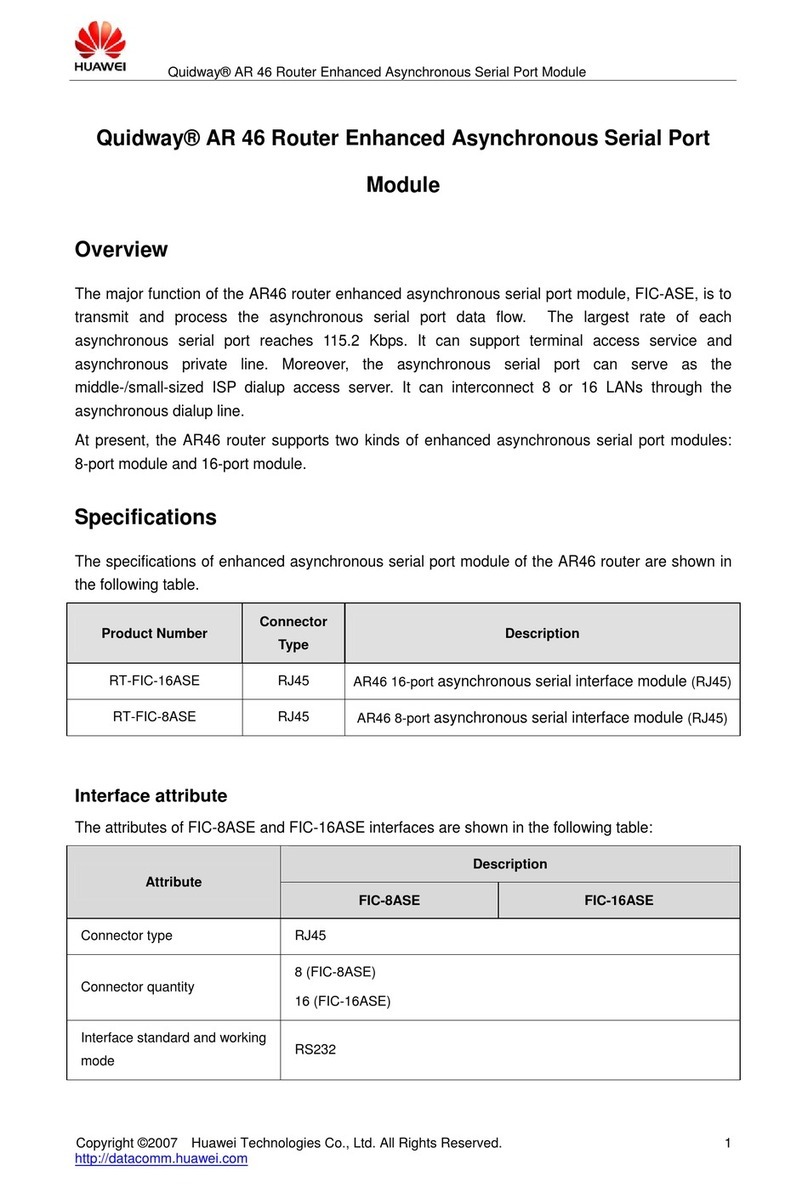Geosense Laser Tilt90 User manual

Preliminary User Guide V1.0
Laser Tilt90
0

Table of contents
1.Important instructions prior to use 2
2.Device Overview 3
3.Device Specifications 4
4. System requirements 7
5. Equipment Provided 7
7. Powering up the Device 10
8. Loadsensing Device Configuration 11
9. Safely Closing the Device 14
10. Understanding data 14
10. 1 Deployment recommendations 16
10.1.1 Target 16
10.1.2 Environment 17
10.1.3 Other 18
10.2 Pointer accessories 18
11. Dataserver visualization 21
13. Maintenance and troubleshooting 24
14. Battery Life Estimates 26
15. Data storage 27
16. Safety instructions 29
17. Laser classification Certificate 30
18. FAQs 31
CONTACT WORLDSENSING 34
1

1.Important instructions prior to use
Please read these instructions carefully and ensure that the required conditions specified
in this document are met before using the product. Each of our edge devices includes this
information inside the packaging
General warnings
● Follow these precautions to avoid a battery explosion or leakage of flammable liquid or gas:
○ Use the correct battery type. Dispose of the batteries according to instructions. Do not
dispose of the batteries by throwing them into a fire or a hot oven, or mechanically crush or cut
them.
○ Do not leave the batteries in an extremely high-temperature environment.
○ Do not subject the batteries to extremely low air pressure. It may result in an explosion or
leakage of flammable liquid or gas.
○ Do not short circuit the batteries. This will blow the protection fuse.
● Batteries and equipment to be connected via the data port must meet IEC 62368-1 ES1 and PS1
requirements.
● Equipment to be installed in restricted access areas.
Symbol
Description
Caution. Do not proceed until the instructions are clearly understood and all required
conditions are met.
Read the instructions for use carefully before using.
Caution, hot surface.
According to the European Union WEEE Directive 2012/19/EU, this product and its batteries
should not be discarded as unsorted waste.
Please send them to separate collection facilities for recovery and recycling.
It is your responsibility to dispose of your waste equipment and batteries properly. The
correct disposal of your old equipment and batteries will help prevent potential negative
consequences for the environment and human health.
2

2.Device Overview
This user guide explains how to configure and operate Worldsensing’s Loadsensing Wireless
Laser Tiltmeter. Further technical descriptions are available in the datasheets .
The Loadsensing Wireless Laser Tiltmeter is a long-range, low-power wireless data logger
with a laser distantiometer sensor and a 3 axes tiltmeter in the same enclosure. It
measures 3-axis inclination with respect to gravity’s direction and reports the two axes of
rotation from the horizontal plane in any orientation.
This device contains the same distantiometer sensor that the laser node has and the
accelerometer sensor than the TIL90-X node.
The wireless laser tiltmeter can be used as a standalone logger for manual monitoring and
can be easily configured by connecting it to an Android phone with a USB cable.
Measurement of tunnel convergence is one of the applications for LaserTilt 90, as it may be
easily relocated along the convergence cross sections up to the excavation front or until
the measured relative displacements are stabilized when the required frequency of
measurements is reduced. It can also be used for measuring deformations in underground
excavations and mining without causing work disruptions and delays.
3

3.Device Specifications
Laser Specifications
Value
Measuring range at favorable conditions
0.05 - 150 m
Typical measuring accuracy
+/- 1 mm
Resolution
0.1 mm
Repeatability (1 sigma)
0.15 mm
Laser type (light source)
Visible Laser Class II, Laser with 655 nm
Laser power
0.75-0.95 mW
Time required for a reading
Up to 4 seconds, depending on distance
Time required for a reading
Signal strength
Signal strength and gain are transmitted with each laser
measurement. It can be used for maintenance purposes.
Signal strength
Accuracy
In Favorable
conditions
In unfavorable conditions
@1 m
+/- 1 mm
+/- 2 mm
@10 m
+/- 1 mm
+/- 2 mm
@20 m
+/- 1.5 mm
+/- 3 mm
@50 m
+/- 4 mm
+/- 7 mm
@100 m
+/- 9 mm
+/- 15 mm
@150 m
+/- 16 mm
not applicable
Size of the Laser spot
@5 m
5mm x 2.5mm (smallest value)
@10 m
7mm x 3mm
@20 m
14mm x 6mm
@50 m
35mm x 15mm
4

Tiltmeter specifications
Value
Type
Tilt angle calculated from 3-Axis MEMS
accelerometer
Range
±90°
Axes
3-axis inclination measurement with respect to
gravity’s direction. Reports the two axes of
rotation from the horizontal plane in any
orientation.
Accuracy within ± 2⁰
± 0.0025º
Accuracy within ± 4⁰
± 0.005º
Accuracy within ± 15⁰
± 0.013º
Accuracy within ± 45⁰
±0.08º
Accuracy within ± 85⁰
± 0.23º
Resolution
0.0001°
Repeatability
<0.0003°
Oset Temperature dependency
(*)
± 0.002°/°C
Stability @ 14 hours
<0.003°
Time required for a reading
9.6 seconds.
Measure of dispersion
Standard deviation of the set of measurements
collected during the reading and transmitted
with each tilt measurement. It can be used to
filter noisy data.
Temperature sensor resolution
0.1ºC
(*)
Note that temperature dependency can be positive or negative depending on each MEMS sensor manufacturing
process. Temperature dependency is given as the maximum value.
5

MEMORY - Circular buer structure
Memory records: Up to 100 000 readings including time, distance and 3-axis tilt measurement.
Mechanical
Box dimensions (WxLxH)
100 x 100 x 61 mm
Overall dimensions
150 x 100 x 61 mm (excluding antenna)
Operating Temperature (º)
-10ºC to +50ºC
Storage temperature (º)
-25ºC to +70ºC
Weather protection
IP68 (at 2m for 2 h)
Weight (excluding
batteries)
841 g
External antenna
100 mm length (including connector)
External port
MiniUSB port for configuration and data access. Can also be used to
power the node
Box material
Aluminium alloy
Batteries
1 or 2
Vibration resistance
Laser modules comply with standard ISO 9022-3, Method 36, Severity 05
(0.15mm, 10Hz..55Hz)
6

4. System requirements
The LASTIL90 is:
- available from version 2.56 onwards
- Needs to be configured by using the Worldsensing App (instead of the Dlog)
- CMT Edge version: from firmware version 2.5/2.5.1 onwards
- CMT Cloud version: from firmware version 1.6.0 onwards
5. Equipment Provided
The wireless laser tiltmeter (LS-G6-LAS-TIL90) has the following elements:
1. Metallic casing
2. USB connector
3. RP N Female connector, which complies with Federal Communications Commission
(FCC) regulations, for the sensor network radio antenna
4. Pressure stabilizer for protection against condensation (protective vent)
5. Connector male RP N to RP - SMA male and aerial with RP - SMA male
6. Antenna
7

Figure 1: LS-G6-LAS-TIL90 elements
Figure 2: LS-G6-LAS-TIL90 antenna with N-connector
8

The LS-G6-LASTIL90 can also be equipped with a more robust antenna, placed
horizontally, instead of the standard L-antenna that is installed vertically. Please contact us
for more details.
The following elements are sold separately:
● Mounting supports. See the mounting instructions for each support
● USB-OTG configuration cable
● Batteries
6. Wireless LS-G6-LASTIL90 installation
The first task of getting your Loadsensing Laser Tiltmeter node up and running on your site
is to install it. There are three major factors to consider when installing the node: the
various supports you might use according to the application, the mounting of the Laser
Tiltmeter node, and powering the node once it is installed. We discuss each of these three
here.
6.1 Supports
The Laser Tiltmeter node needs to be mounted on a support. Depending on the application,
it needs to be installed with a certain inclination to achieve curved surfaces and on others
applications it can be just installed aligned to the surface.
Wireless Laser tiltmeters can be mounted horizontally or vertically, depending on the
monitoring objective. Please note that the accessories designed for the TIL90 are also
included on the list below and are compatible with the LAS-TIL90.
9

Adjustable and swivel mounting bracket have been designed specifically for the LAS-TIL90
node in order to achieve inclination:
Description
Code
Mounting plate for vertical mounting
LS-ACC-IN15-VP
Horizontal surface mounting plate
LS-ACC-IN15-HP
Adjustable mounting plate for vertical surface
LS-ACC-LAS-AP
Swivel mounting bracket
LS-ACC-LAS-SB
Horizontal surface mounting plate for track monitoring
LS-ACC-IN-HPTM
Versatile double plate for horizontal surface mounting
(includes a threaded hole for a prism or a button head
screw, for precise leveling)
LS-ACC-IN15DP
Vertical mounting plate (pole mounting) 1
LS-ACC-IN15VPP2
1 This mounting plate can be useful for some applications, but it will be important to take into
account that using it will aect the quality of the data.
Further information and drawings can be found in the accessory user guides .
7. Powering up the Device
Loadsensing devices are shipped closed and without batteries. To power up the device:
1. Open the device using a 2.5 mm Allen wrench.
2. Insert C-type batteries in the battery holders, checking they match the polarity
indicated. You can connect one or more batteries; the more you use, the longer the
device will operate in the field. See our LS G6 Datalogger recommended batteries
guide for further information on the batteries.
Please note that the device has reverse battery protection but it is not safe to keep
batteries reversed in the device for a long time.
10

Note: The Loadsensing Wireless Laser tiltmeter does not have a real-time clock
battery to keep time, so it is very important for the device to be powered with
batteries when the time is set during installation. Otherwise the device will default
to the year 1970 and data will not appear in the gateway. A warning will appear in
the log’s tab.
3. The device can be powered with batteries or external power. It does not have a
switch to set to battery or external power mode, thus when placing batteries the
node will be powered in battery mode and while using an external power mode, the
node will be powered by external power mode.
8 Device Configuration
We strongly recommend configuring the device on location so you can conduct an
on-site radio coverage test at the same time.
Device configuration has to be carried out using Worldsensing Android app,
WorldsensingApp, which i s compatible with USB On-The-Go (OTG) Android devices.
Please refer to the Worldsensing App for more details. To make sure the app
works properly, we recommend purchasing one of the mobile phone models i n
stock from Worldsensing. Please contact the technical support team for more
information.
Worldsensing App starts up once the Android device is connected to the Loadsensing
node using an USB-OTG cable. It does not need to be started up manually.
The whole configuration process takes no more than five minutes. From then on,
the Loadsensing node will start taking readings and sending data to the gateway.
11

Please take note of the following credentials in the Gateway Information Sheet. These will
be necessary to perform the radio coverage test:
Gateway Information Sheet
Mobile app field
Default network ID
Network ID
Default network key
Password
Default network access password
Server password
The process for configuring the LASTIL90 node is the same as the other nodes and it is
detailed on the WorldsensingApp user guide. There are some functionalities that are
particular for the LASTIL90 node as the Laser pointing mode .
When displaying the WorldsensingApp main menu, the laser pointing mode will be available.
This feature allows enabling the Laser pointer and to point to an element for a certain lapse
of time. By default is set to 10 sec, but it can be configured to other lapses of time.
This node integrates two sensors, so it is not necessary to configure the sensor’s settings
on the WorldsensingApp. Once the radio configuration is finished the app will show the
option of taking a sample. Taking a sample will show the parameters measured and allow
you to check the consistency of the readings.
12

The app will show information from the two sensors. On the top, tiltmeter readings: the
3-axis inclination measurement with respect to gravity’s direction, its standard deviation
(expressed in Gravity) and also the internal temperature of the node.
3-axis Inclination measured by the tiltmeter is calculated as the average of a certain
amount of acceleration samples in a period. At the same time the standard deviation of the
sample is obtained, and it could be useful to filter anomalous readings collected by the
Til90 aected by some movements.
For the laser readings, distance in meters, temperature and signal parameters (Signal
Strength and Gain) will be shown. Please refer to the Laser user guide for more information
about these parameters.
The Loadsensing node will display an error prompt on the screen if it needs to be
recovered. Click on ‘Accept’ and the firmware will be updated to recover the device.
13

9. Safely Closing the Device
The wireless Laser tiltmeter has undergone watertightness testing by an external
laboratory and has been rating IP68 at 2 m for 2 hours
To guarantee water tightness:
● Lock the box by tightening screws crosswise on the lid. Adjust the screws using a
torque wrench. If this is not done properly, the base faces and cover may not be
parallel, screwing may become more dicult and the screw threads or the Helicoil
inserts may be damaged. Moreover, the O-ring (seal) may not be properly sealed
and the degree of protection against water intrusion could be compromised.
● Screw the box at 2 Nm (the force that needs to be applied is marked on the outside
of the device) using a torque screwdriver (e.g. Ref. 1227107 from WERA).
● Mount the antenna or cover the antenna connector with a cap.
● Make sure the sealing ring has not been physically or chemically manipulated.
Note: There is no need to seal the GORE valve to comply with IP68.
Note: We can’t guarantee the IP68 rating if any of the above conditions are not met or if one
or several components (e.g. the GORE valve) are damaged.
Note that box screws shouldn’t be torqued more than 2 Nm. If you exceed the torque, the
Helicoil insert may be damaged. We do not recommend using electric drills or electric
screwdrivers.
10. Understanding data
As mentioned before, this node has two sensors: the accelerometer, which is the same
used for the wireless TIL90-X and the laser disto. For understanding data from the wireless
tiltmeter, please refer to the user guide where several aspects are discussed such as
parameters measured and their meaning and information about calibration (for TIL90).
14

In this chapter we will review the laser part, which can be also found at the discontinued
LASER node user guide.
The Laser node reads and transmits four values:
● Distance in meters
● Temperature in Celsius degrees
● Gain - the magnitude which expresses the relation between the output signal
amplification respect to the input signal
● Signal Strength - the amount of signal that receives the photoelectric sensor; the
range is 0-3,300,000 uV
The table below presents the range of values for both parameters where the Laser can
operate. The colors of a trac light have been used to classify the signal strength
according to the following thresholds.
Signal Strength
Gain
< 512 : Error code @255:: Too Low
Gain = 0 (High Gain;
Enough signal strength)
~ 2000
~ 10000
10000 < x < 200000
40000 < x < 260000
Gain = 1 (Low Gain; too
much signal strength;
Reduction by 5 factor)
~ 260000
~ 320000
> 350000 : Error code @256:: Too High
Any Signal Strength value in the green or orange areas of the table above is guaranteed to
be in specifications with a Signal Strength value located in the green or orange area.
However, in the orange area, due to the nature of the Laser, the Signal Strength has more
variability and is susceptible to fall into red zones, where they will display a Not enough
Signal Strength error.
15

If the signal strength of the Laser beam falls into the red area an error will be displayed. For
more information, please refer to the Troubleshooting section.
10. 1 Deployment recommendations
The signal can be influenced by several factors, such as type or nature of the target and
weather conditions of the environment.
The following is a list of common conditions and the recommendation to follow for Target
and Environment when deploying the Laser node.
10.1.1 Target
Target color, type of surface, and material aects the quality of the signal (Signal Strength).
There are use cases where it is better to avoid some types of targets. In the following table
we describe when to use any kind of target.
Target color/surface
Use this target when Laser reports
White (Increases Reflectance)
Poor Signal Strength (near lower limit)
Black (Decreases Reflectance)
Excess of Signal Strength (near upper limit)
If a target is not available then the Laser can be aimed at the natural surface. An important
advantage of using a target is to avoid irregular surfaces and to identify the two points
between which the relative distance is measured. Check that the strength is within the
limits presented in the previous section.
Lambertian reflectance of the Target
Use case
Metallic (Specular, in a single direction)
Optimal for long distances (>20 m)
Matte (Diuse, in all directions)
Optimal for short distances (<20 m)
16

Example of Lambertian Reflectance
10.1.2 Environment
Environment, luminity, dust, wind and in general any weather condition also aects the
quality of the signal (Signal Strength). The following is a table with a list of typical
conditions and how they aect it.
Luminity
Implication
Cave
Signal Strength not aected. Optimal scenario.
Artificial light or natural light exposure
Signal Strength is aected depending on the
direction of the external light; however, not
enough to aect the quality of the signal.
Standard scenario.
Direct Sunlight into the Laser receiver
Signal Strength is severely aected, Laser
receiver will saturate. Avoid this scenario.
Temperature
Implication
Cold (<10ºC)
Signal Strength is not aected.
Ambient (~20 ºC)
Signal Strength is not aected. Optimal
scenario.
Hot (>45 ºC)
Signal Strength is not aected if sunlight is not
hitting directly into the Laser receiver.
17

10.1.3 Other
There are other factors that can aect also the Signal Strength, here is a list of other
parameters that are present in the deployment and should be taken into consideration to
determine if the deployment is good enough for the Signal Strength to be within
recommended values:
● Inclination of target surface: decreases signal strength
● Irregularity of target surface: the distance measurement is subject to where the
Laser is pointing. Any movement within the irregularity target surface could report
undesired distance changes
● Dust of the environment: decreases the signal strength, however it will only be a
problem in severe dust conditions
10.2 Pointer accessories
As explained earlier, for some installation conditions it may be required to use some target
foils. Targets may help the Laser node to work well and execute the measurement, even in
less favorable conditions, at the maximum specified accuracy. The use of targets for Laser
distance measurements helps improve the measuring conditions to reach the specified
accuracy based on the device when there is a need for long distances, or the environment
light is not ideal.
Special plates with color marks can help aiming at specific points or specific form factors,
as well as when measuring corners.
Reflectant targets and prisms used in surveying are not recommended for this purpose;
opaque surfaces must be used. The prisms are designed to improve the quality of the
measurements using a total station. In the case of a laser distance node, the result is
opposite because round prisms and their circular housing can compromise the accuracy of
the laser distance meter to up to 3 mm. Regarding the reflective target marks, depending
on the application, the laser measurement can be aected by an excess of reflectance. In
addition, bireflex targets used for tunnel convergence monitoring using total stations can
18

be too transparent. It is possible to use these bireflex targets applying white and matt tape
above the reflective surface.
Currently, Loadsensing does not provide pointer accessories, but some recommendations
according to the conditions can be seen below.
In some applications, we have successfully used target foils from the following supplier:
Company: Avery Dennison ( http://graphics.averydennison.eu/ )
Series: Avery 500 Event Film
Type: Avery 501 EM - (white, matt)
The foil can be easily stuck to the surface of the relevant fixture designed according to your
monitoring needs.
Below are listed dierent types of LEICA Disto target plates models. These are some
examples suitable for the Laser node, but they have been designed for manual readings (to
be added at the support and take some measurements). For Loadsensing Laser node, they
should be fixed permanently.
Other manufacturer’s models can also be suitable for this purpose.
GZM3 is suitable for measurements up to 200 m
19
Other manuals for Laser Tilt90
1
Table of contents
Popular Network Hardware manuals by other brands

Idis
Idis DR-8516 installation manual
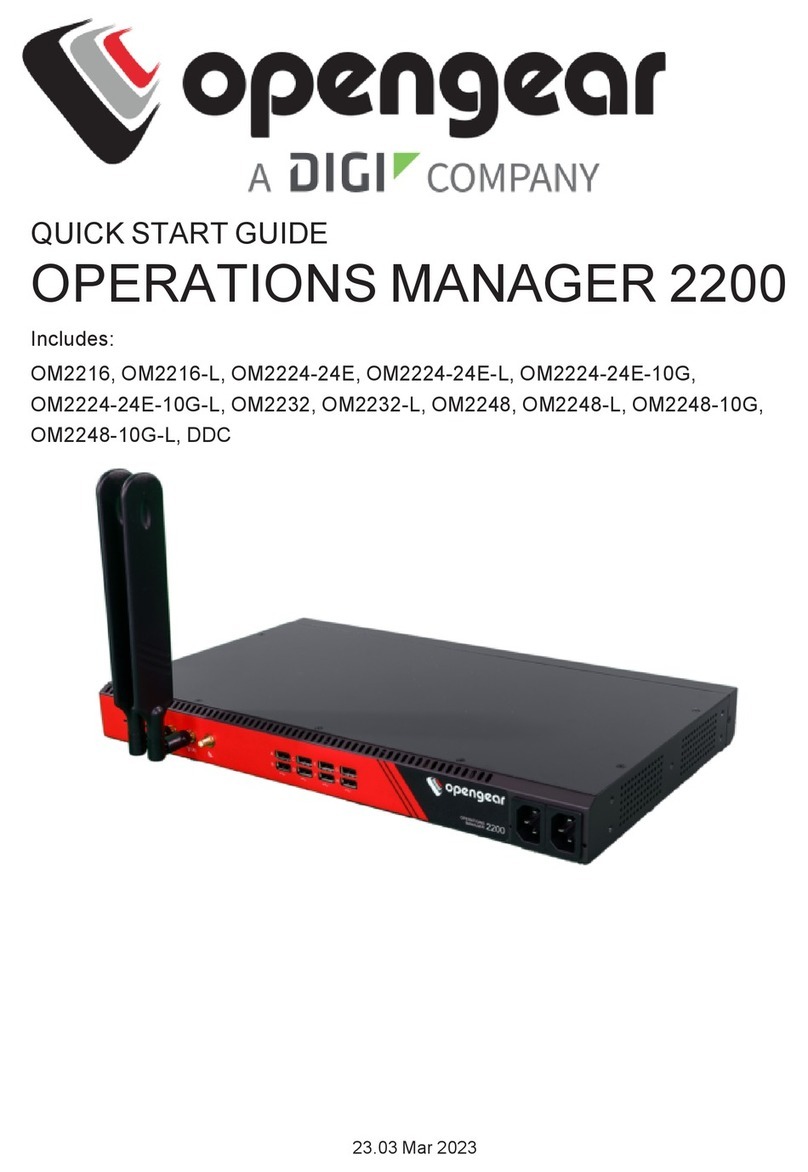
Digi
Digi Opengear OPERATIONS MANAGER 2200 quick start guide
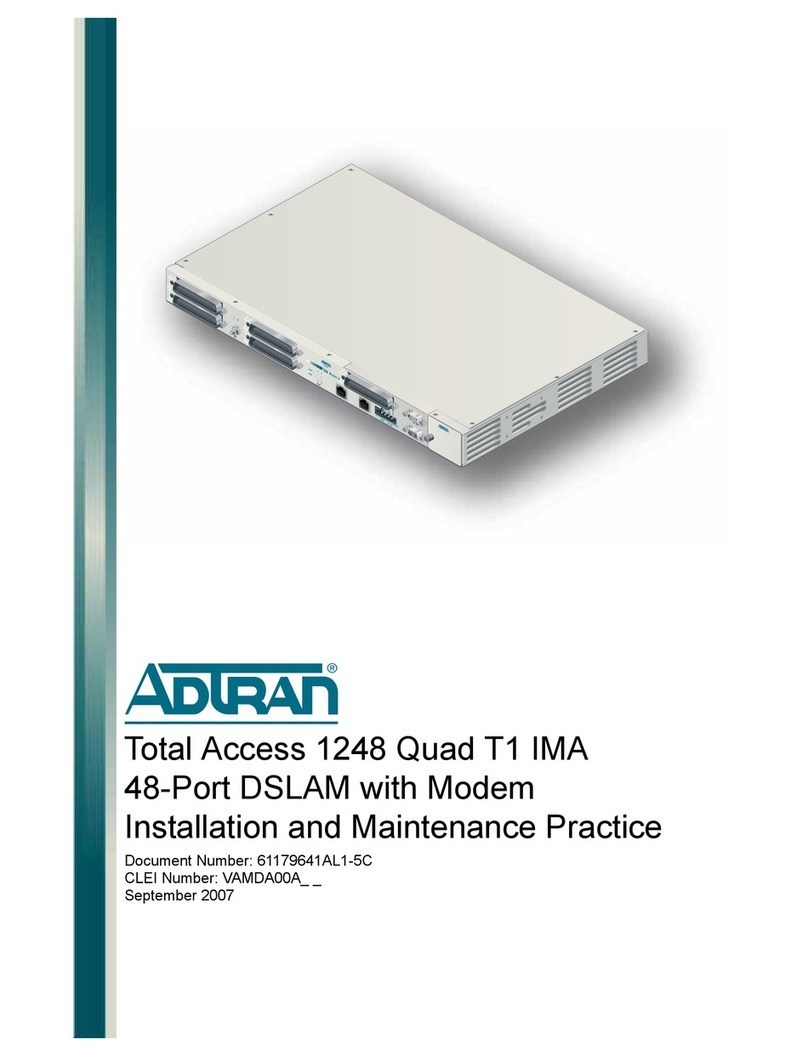
ADTRAN
ADTRAN Quad T1 IMA Installation and maintenance practice
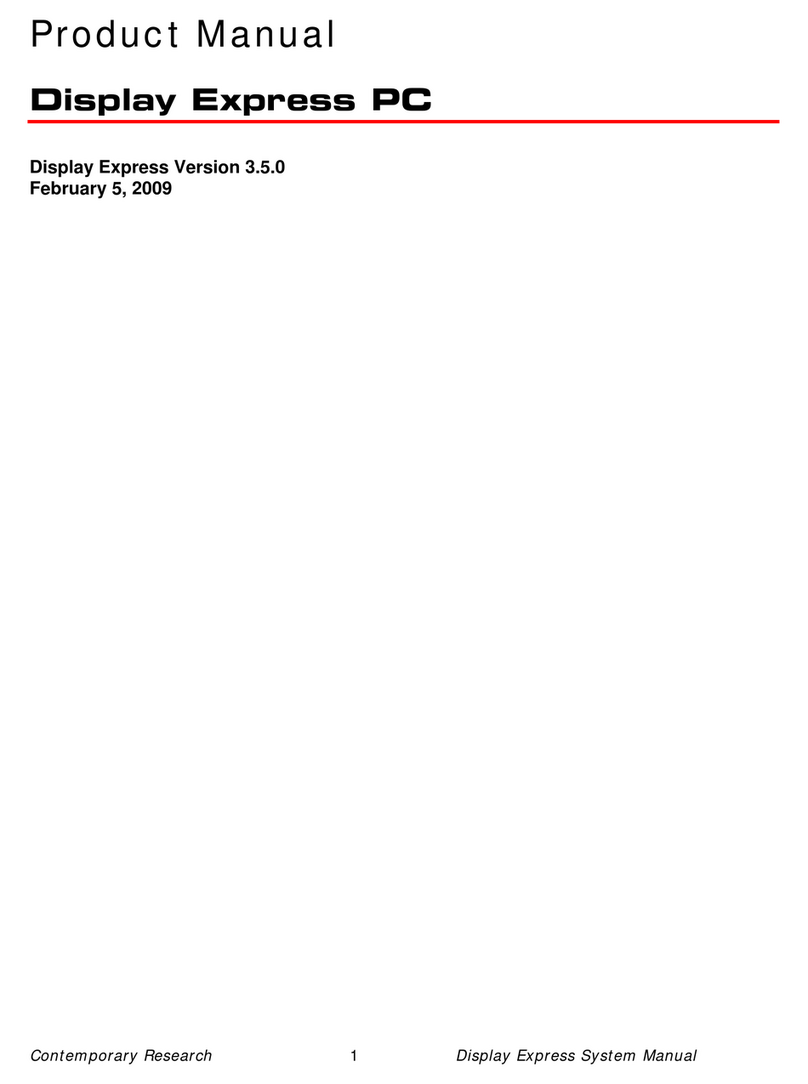
Contemporary Research
Contemporary Research ICE-HE product manual
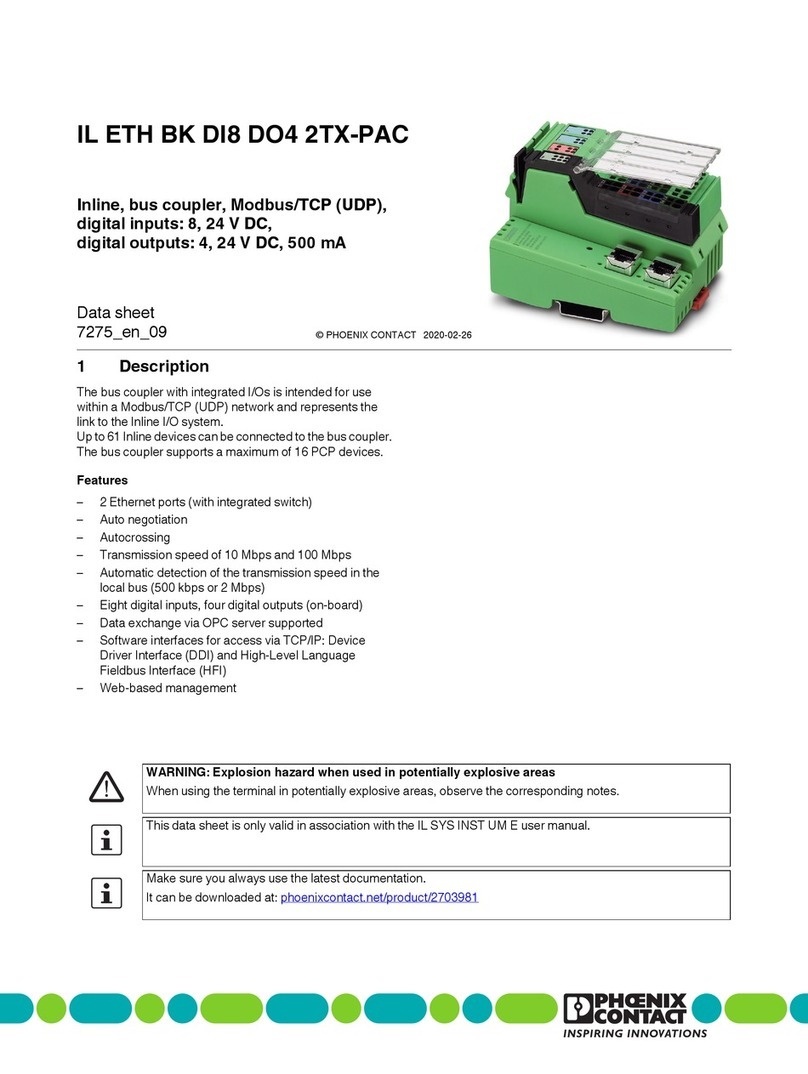
Phoenix Contact
Phoenix Contact IL ETH BK DI8 DO4 2TX-PAC manual
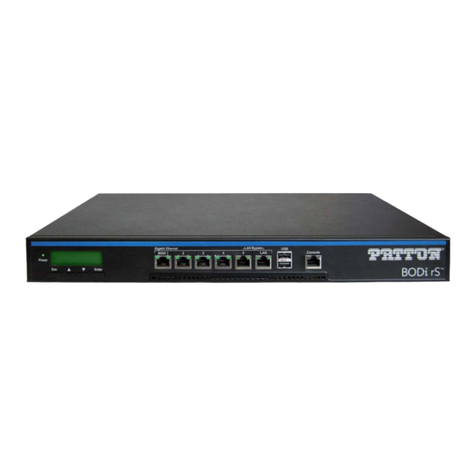
Patton
Patton BODi rS 1000 Series user manual
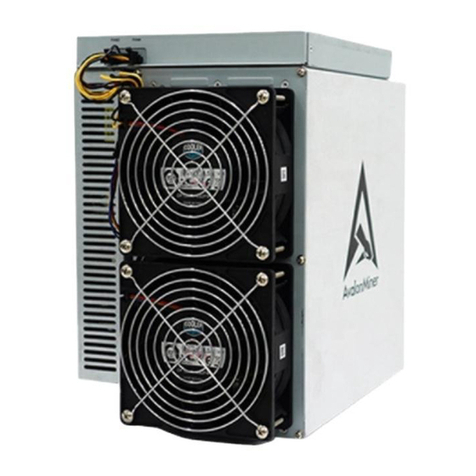
Canaan
Canaan AvalonMiner1246 user manual
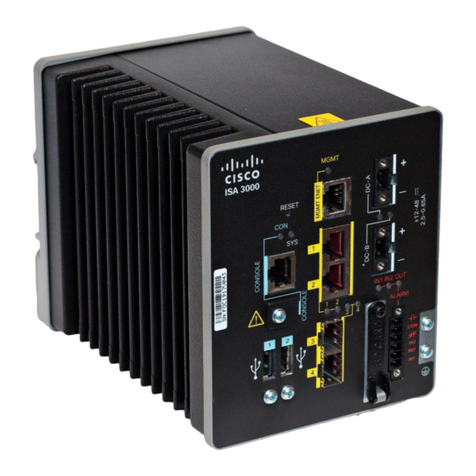
Cisco
Cisco ISA 3000 Connecting Instructions
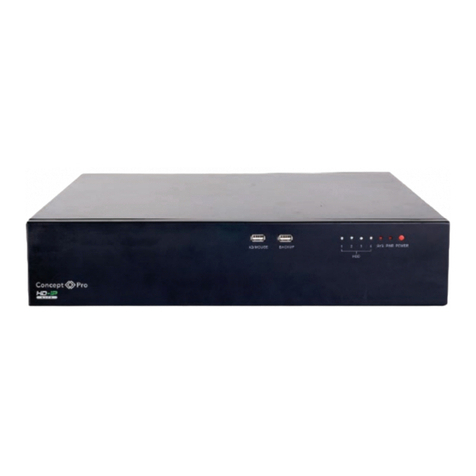
Concept Pro
Concept Pro VHDIPL-32 user manual
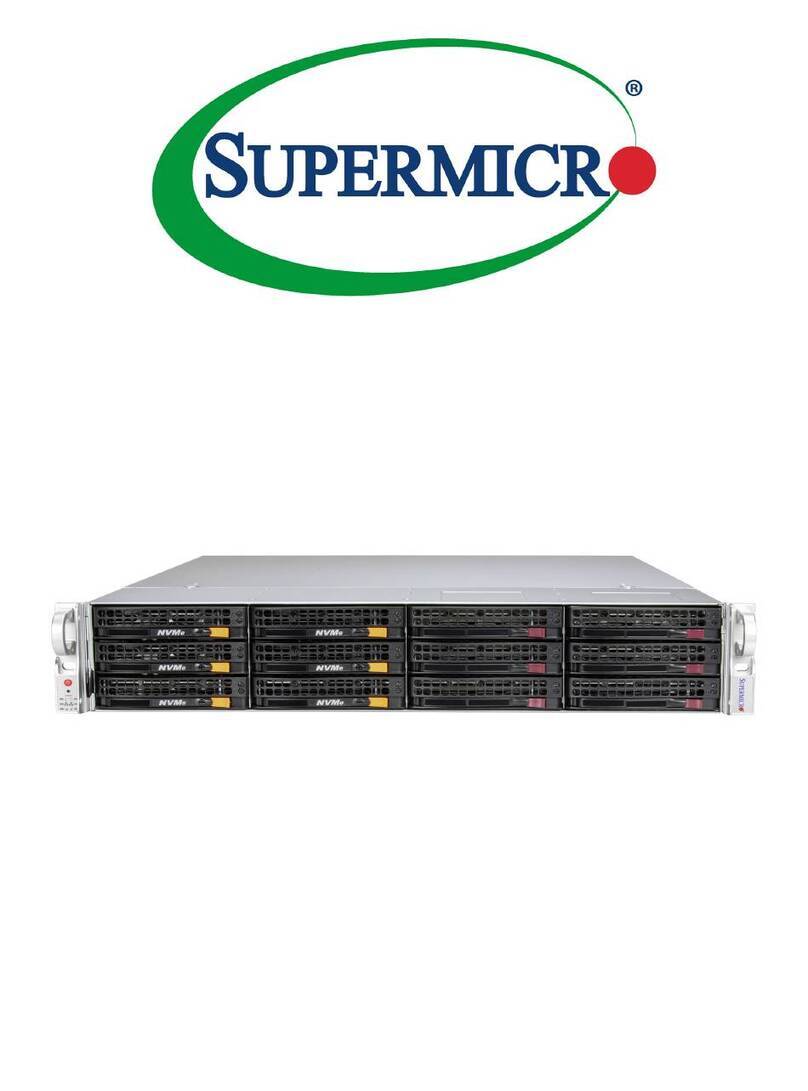
Supermicro
Supermicro SuperServer SSG-621E-ACR12H user manual
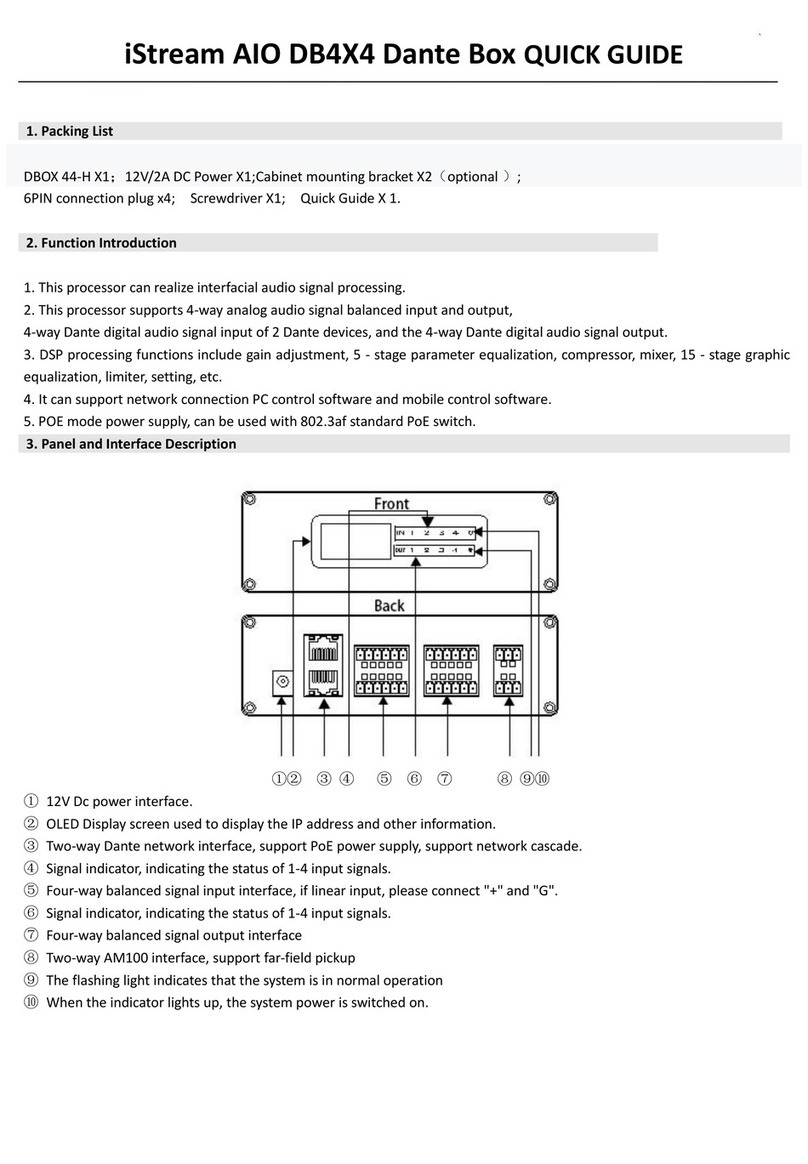
iStream
iStream AIO DB4X4 quick guide
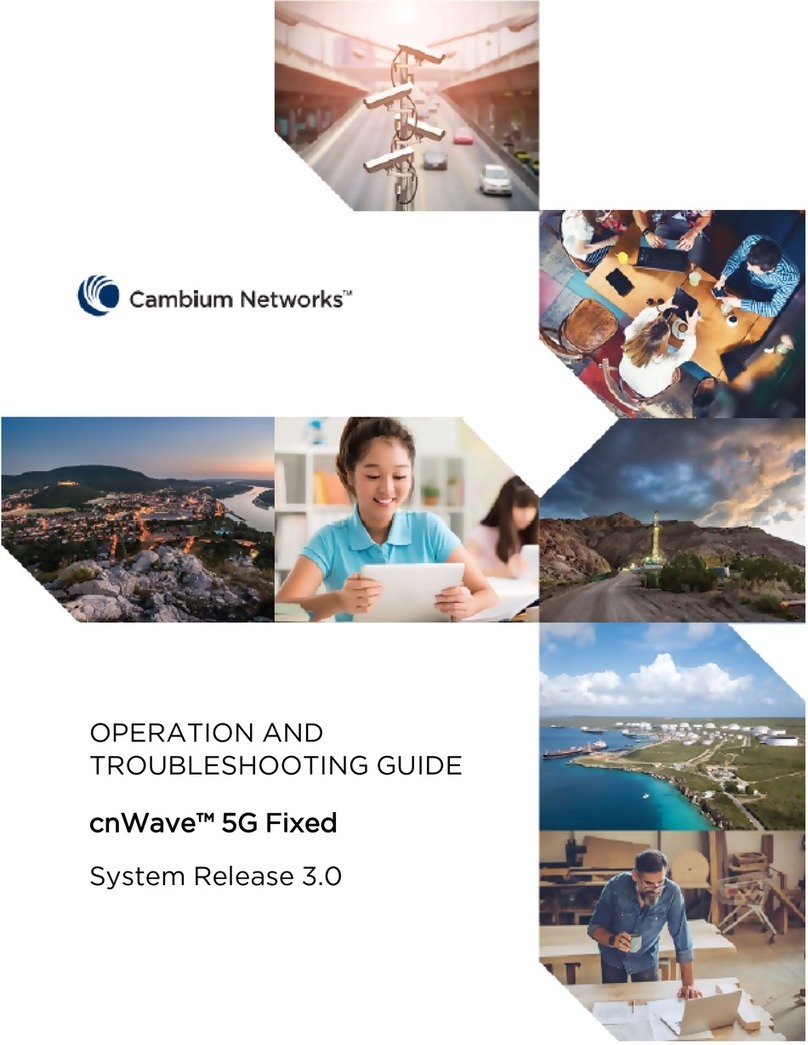
Cambium Networks
Cambium Networks cnWave 5G Fixed Operation and Troubleshooting Guide

